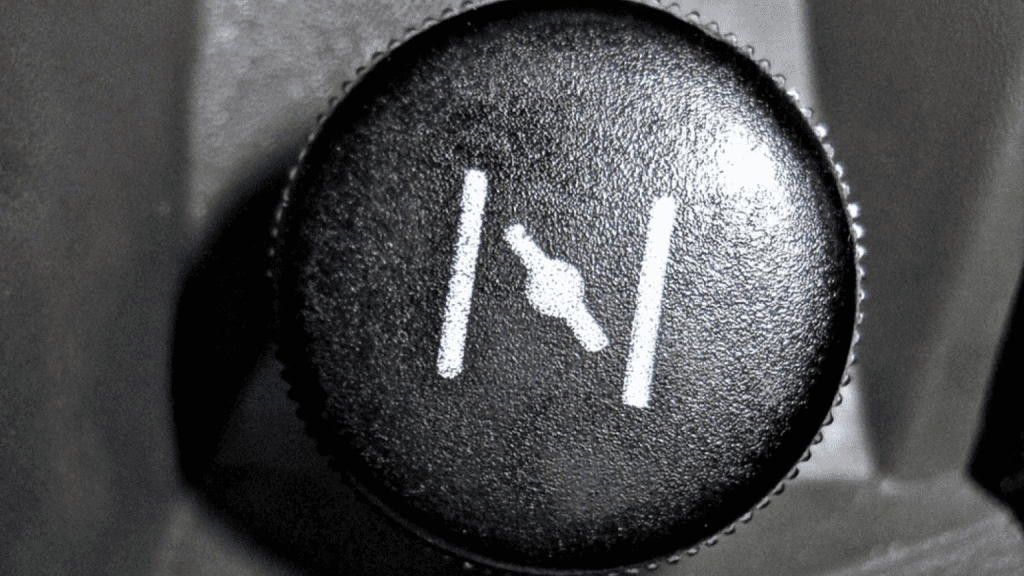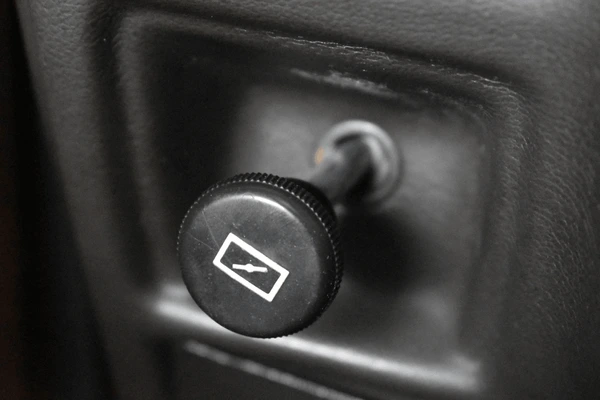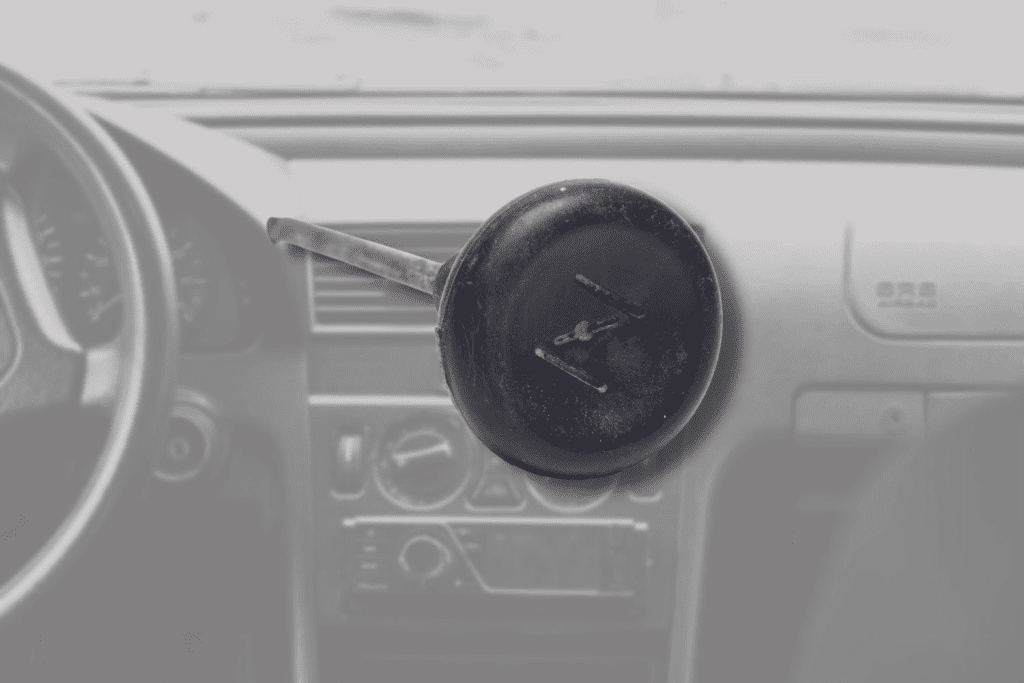Once an essential part of starting older cars, the choke has gradually disappeared from modern vehicles. For many seasoned drivers, the choke lever was a familiar sight on the dashboard, a crucial tool for cold starts. But today, most young drivers might not even know what a choke is, let alone how it works. So, what led to the choke’s disappearance, and why won’t we see this system in modern cars again? Let’s dive into this fascinating piece of automotive history.

What Exactly Is a Car Choke?
The choke was a manually operated device found in older vehicles with carbureted engines. It was designed to help start the engine by enriching the air-fuel mixture—especially during cold starts when engines struggled to ignite. The term “choke” comes from its function: to “choke” off the air supply, increasing the fuel content in the air-fuel mix.
When activated, the choke valve restricted the carburetor’s air intake, allowing more fuel to enter the engine’s combustion chambers. This richer mixture made it easier for the spark plugs to ignite, particularly on chilly mornings. While it might sound technical, using a choke was a common practice among drivers in the past, especially during winter.
The Mechanism of the Car Choke: How It Worked
In carbureted engines, the choke was usually controlled by a lever on the dashboard or directly on the carburetor itself. Drivers would pull the lever to activate the choke, reducing the amount of air entering the carburetor and increasing fuel intake.
This increased fuel-to-air ratio helped warm up the engine faster. As the engine temperature rose, drivers would gradually release the choke, allowing more air to mix with the fuel for smoother running. The manual nature of the choke meant drivers had to understand how to use it properly—pulling it too much could flood the engine, while not pulling it enough could cause the engine to stall.
Why We Don’t See the Choke in Modern Cars
The decline of the choke began with advancements in automotive technology. As engines became more sophisticated, manufacturers sought to improve efficiency, reliability, and ease of use. Several key innovations led to the gradual phase-out of the manual choke:
1. The Rise of Electronic Fuel Injection Systems
Perhaps the most significant development that replaced the choke was the introduction of electronic fuel injection (EFI) systems. Unlike carburetors, which required manual adjustment, EFI systems automatically control the air-fuel mixture using sensors and electronic control units (ECUs).
EFI systems provide precise fuel delivery based on various parameters, such as engine temperature, throttle position, and oxygen levels. This innovation made starting engines in cold weather much easier and more reliable, eliminating the need for drivers to fiddle with a choke lever.
2. The Advent of Electronic Carburetors
Before EFI systems fully took over, there was an intermediate phase where electronic carburetors emerged. These carburetors were designed to manage the air-fuel mixture automatically, offering a more consistent performance than manual systems. They featured electric solenoids and sensors that adjusted the fuel supply based on engine conditions.
This shift marked the beginning of the end for the manual choke, as these electronic carburetors could perform cold starts more effectively. Drivers no longer had to worry about manually enriching the mixture—electronics did it for them.

3. Increased Focus on Emissions Control
Another factor contributing to the choke’s disappearance was the tightening of emissions regulations. Carburetors, even with chokes, were known for producing higher emissions due to their less precise fuel management. The richer fuel mixtures generated by the choke could lead to incomplete combustion, resulting in increased hydrocarbon emissions.
EFI systems, by comparison, are far more efficient and produce fewer emissions. They ensure a more complete combustion process, reducing both fuel consumption and harmful pollutants. This shift towards cleaner, more environmentally friendly engines hastened the choke’s decline.
Why Chokes Are Still Found in Small Engines
Interestingly, the choke hasn’t disappeared entirely. While it’s no longer seen in cars, it remains a crucial component in small-capacity engines, such as those found in lawnmowers, chainsaws, and two-wheelers like motorcycles and scooters. These smaller engines often still use carburetors, as they are simpler, cheaper, and easier to maintain than fuel injection systems.
In these applications, the choke still serves its original purpose—providing a richer mixture for easier starts. Unlike cars, which can benefit from the complexity and efficiency of EFI, small engines typically don’t require such sophisticated systems due to their limited performance demands.
The Nostalgia of the Choke: A Thing of the Past
For those who remember the era of carbureted engines, the choke was more than just a tool—it was part of the driving experience. Pulling the choke lever was a ritual, especially during cold mornings. It required patience, understanding, and a feel for how the engine responded. It’s no wonder that many classic car enthusiasts still cherish their vehicles’ chokes, appreciating the hands-on nature of driving.

Today’s drivers, however, have little reason to be nostalgic. Modern vehicles start with the push of a button, their EFI systems handling the entire process seamlessly. While this convenience has made driving simpler, it has also removed some of the tactile connections drivers once had with their vehicles.
Conclusion: The End of an Era for the Car Choke
The manual choke is a classic example of how automotive technology evolves over time. Once a necessity for starting engines in colder conditions, the choke has been rendered obsolete by advancements in fuel injection systems, emissions control, and engine efficiency. Modern drivers may never need to understand how a choke works, but it remains a fascinating chapter in the history of automobiles.
The disappearance of the choke represents the broader shift towards automation and precision in the automotive world. While it may never make a comeback in cars, it will always be remembered as a symbol of simpler, hands-on driving. So, the next time you start your engine without a hitch, take a moment to appreciate just how far we’ve come. The choke may be gone, but it played a vital role in getting us here.